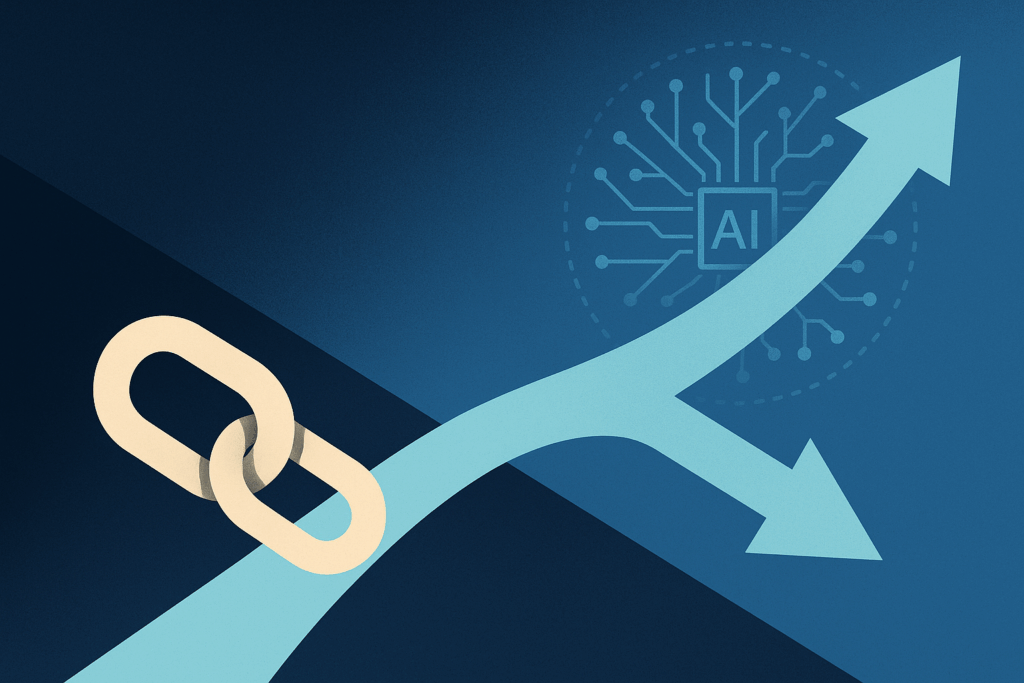No matter how awesome DevOps might be it takes more than a swish or two from a magic wand to make the transition. Legacy systems, platforms, and services still exist while organizations move to DevOps by attrition–and IT admins still have to manage and maintain both the legacy platforms and the new DevOps tools and services. CloudBolt provides a platform that makes it easier for IT admins to oversee the whole multi-cloud, multi-platform environment during the transition to DevOps, or indefinitely for larger organizations that will probably never make a 100 percent conversion to DevOps.
I wrote this blog post about the latest release of CloudBolt:
If you wanted to start a new company tomorrow it would be easy to look at the tech landscape and the prevalent trends and decide to just build everything around a DevOps culture from the beginning. Most of the companies in the world already exist, though, and they already have processes, tools in place. Making the move from legacy to DevOps isn’t just a moment-in-time decision—it’s an arduous journey over time.
That’s where CloudBolt comes in. I had a chance last week to speak with CloudBolt CEO Jon Mittelhauser and CloudBolt CTO Bernard Sanders about the company, its vision, and the latest version of the CloudBolt platform. Mittelhauser explained that what customers appreciate about CloudBolt is the ability to transition from the past to the future on their own schedule.
One of the problems with change is that it takes time. While the new process or tool you’re moving to might be better in every way, getting there can be a challenge. In the meantime you’re forced to manage and maintain disparate systems or platforms—both the old and the new. CloudBolt wants to help organizations reduce the chaos by providing a single platform that enables customers to administer all of the above.
Large enterprises in particular don’t just adopt a new technology en masse. One site or department might start to use DevOps tools and processes out of necessity. Another department might also embrace DevOps—but choose different platforms and tools. Mittenhauser explained that even if the entire organization is on the same page about which DevOps tools and processes to use the transition occurs slowly over time—often by attrition as licenses expire or platforms reach the end of their support lifespan. Those customers still need a way to view and manage their entire ecosystem throughout the slow evolution.
You can read the complete post at DevOps.com: Moving from legacy to DevOps is a journey that takes time…and the right tools.
- Semperis Confronts the Identity Chaos Exposed by AI Search - December 11, 2025
- The Identity Problem No One Saw Coming—Until AI Exposed It - December 11, 2025
- Cyware’s AI Fabric Pushes Agentic Automation From Concept to Practical Reality - December 8, 2025



